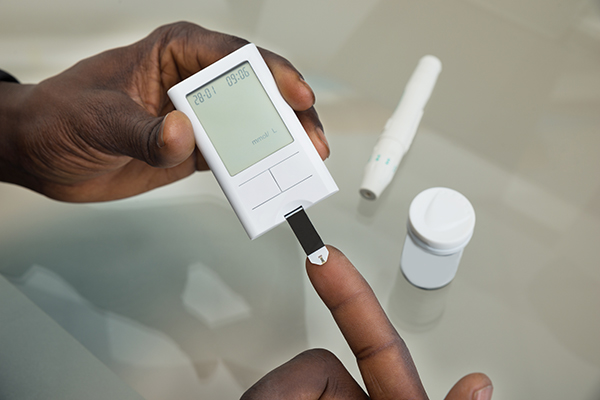Source: jems.com
If you have been in EMS long enough, you may well have encountered a patient with diabetes insipidus. Like many, you may have assumed that it is a variant of the common disease diabetes mellitus. Actually, diabetes mellitus and diabetes insipidus are totally unrelated other than the name. The term diabetes is derived from Latin (originally Greek) and means “to go through or siphon,” referring to a large amount of urine produced by the kidneys. The term mellitus, in Latin, means “sweet.”
Diabetes mellitus causes high blood glucose levels and glucose eventually spills into the urine. The glucose spillage causes water loss and thus you have the classic polyuria and polydipsia. The term “insipidus,” in Latin, means tasteless. In Medieval times, diabetes was known as the “pissing evil” and diabetes was often diagnosed by “water tasters” who tasted the patient’s urine. If the urine tasted sweet or “like honey” the patient was deemed to have diabetes mellitus. If it were not sweet or tasted like water, there were other causes.
Diabetes insipidus (DI) is actually a rare disease where the kidneys produce a large volume of dilute urine. Kidneys normally produce 1-3 liters of urine every 24 hours. With diabetes insipidus, urine output exceeds 3 liters every 24 hours and is often considerably higher (15-20 liters per 24 hours). Urine output is regulated by antidiuretic hormone (ADH), that is also called arginine vasopressin (AVP). ADH is made in the hypothalamus and stored in the posterior pituitary gland. ADH is secreted to guide the kidneys on storing or releasing water so as to maintain an appropriate balance of electrolytes (sodium, chloride, potassium) and carbon dioxide. It also regulates the sensation of thirst.
DI results primarily from two etiologies:
- Central Diabetes Insipidus. Central diabetes insipidus results from the decreased manufacture and/or release of ADH from the posterior pituitary thus causing the kidneys to release excess water (dilute urine). Central diabetes insipidus can result from head injury, tumors, surgery, infections and inflammation.
- Nephrogenic Diabetes Insipidus. Nephrogenic diabetes insipidus occurs when the kidneys do not respond to released ADH and continue to excrete dilute urine. Causes of nephrogenic diabetes insipidus include chronic kidney disease, hypokalemia, hypercalcemia and certain medications (e.g., lithium). It can also be caused by blockage of the urinary tract (urinary retention, trauma).
The signs and symptoms of diabetes insipidus include:
- Polyuria (excessive urine production that is usually constant)
- Polydipsia (excess thirst/drinking)
- Nocturia (excess urination at night)
- Dilute urine (low specific gravity)
Diabetes insipidus would be difficult to diagnose in the prehospital setting. Patients with known diabetes insipidus can usually drink enough water to compensate. In the prehospital setting, consider administration of dextrose-containing IV solutions. Do not use fluids that do not contain dextrose and remember treatment varies. Patients with central diabetes insipidus can be treated with desmopressin (DDAVP), a synthetic version of ADH. It can be also treated with chlorpropamide (Diabinese) and other medications.
